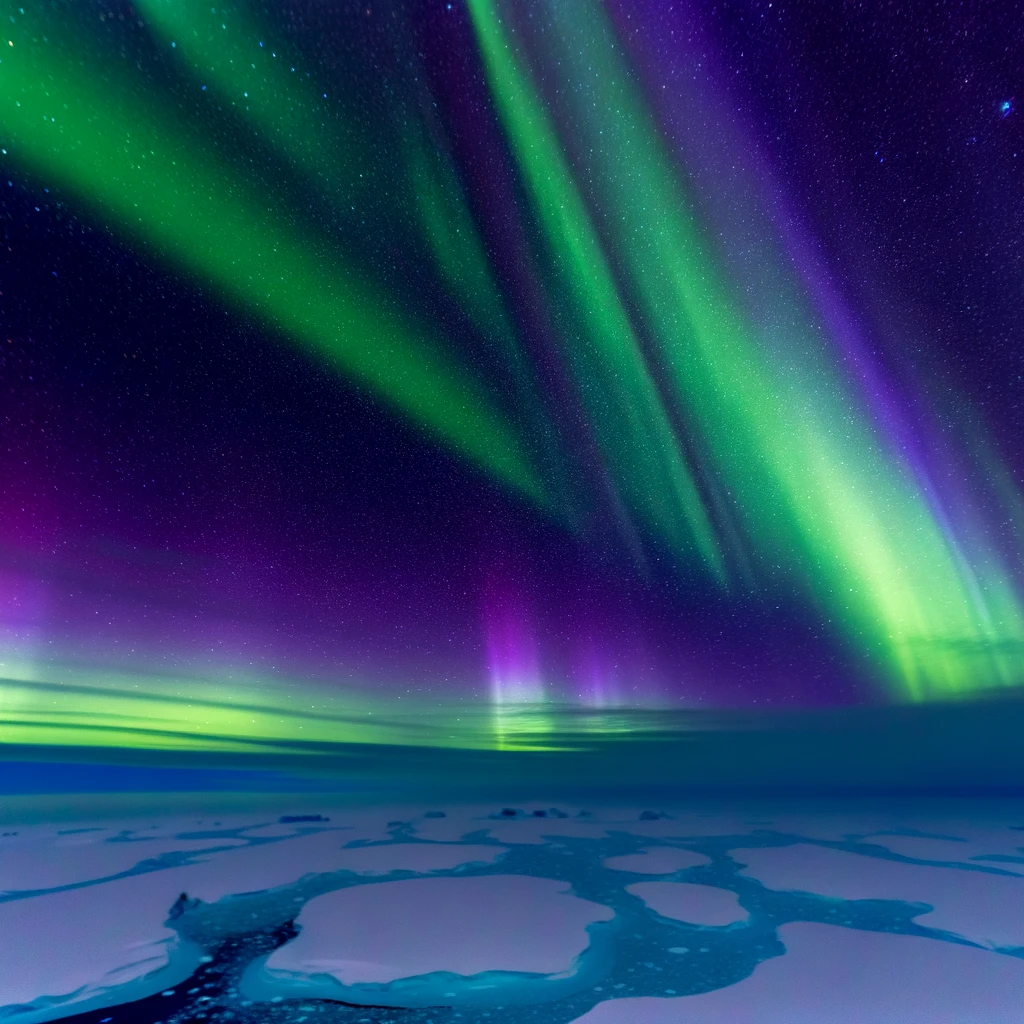
Beneath the Ice: Discoveries in Antarctica and Their Global Impact
Antarctica, often referred to as the last great wilderness, is a vast, icy expanse that holds secrets and treasures beneath its frozen surface. The discoveries made in this remote land not only enhance our understanding of the Earth’s history but also provide crucial insights into contemporary environmental challenges.
The Mysterious Landscape
Antarctica is the coldest, driest, and windiest continent, yet beneath its thick ice sheets lies a landscape that is both ancient and dynamic. Researchers have uncovered mountain ranges, subglacial lakes, and even signs of ancient life. These findings paint a picture of a continent that was once lush and vibrant, a stark contrast to the icy desert we see today.
Subglacial Lakes and Ecosystems
One of the most exciting discoveries is the presence of subglacial lakes, such as Lake Vostok, hidden beneath kilometers of ice. These isolated ecosystems have been sealed off for millions of years, offering a unique glimpse into microbial life that has evolved independently from the rest of the world. Studying these organisms helps scientists understand the potential for life in extreme environments, both on Earth and potentially on other planets.
Climate Records and Ice Cores
Antarctica’s ice cores are invaluable to climate scientists. By examining the layers of ice, researchers can reconstruct past climate conditions, providing a historical record that stretches back hundreds of thousands of years. This data is crucial for understanding natural climate variability and predicting future climate trends.
Global Implications
The discoveries in Antarctica have far-reaching implications for global science and policy. Understanding the continent’s role in the Earth’s climate system is critical, especially as concerns about global warming and rising sea levels grow. The melting of Antarctic ice sheets could significantly contribute to sea level rise, impacting coastal communities worldwide.
International Cooperation
The scientific endeavors in Antarctica exemplify international collaboration, with researchers from around the world working together to unlock the continent’s secrets. The Antarctic Treaty System ensures that this pristine environment remains dedicated to peaceful and scientific purposes, fostering cooperation amidst geopolitical tensions.
Technological Innovations
Conducting research in Antarctica requires cutting-edge technology. Innovations in remote sensing, ice-penetrating radar, and autonomous vehicles have been crucial in exploring this inhospitable environment. These technologies not only advance Antarctic research but also have applications in other fields, such as space exploration and climate monitoring.
Conclusion
The discoveries beneath Antarctica’s ice are not just scientific curiosities; they are vital to understanding our planet’s past, present, and future. As research continues, the global community stands to benefit from the knowledge and insights gained in this frozen frontier. The challenge lies in balancing the pursuit of discovery with the preservation of this unique environment for future generations.
Related Articles





